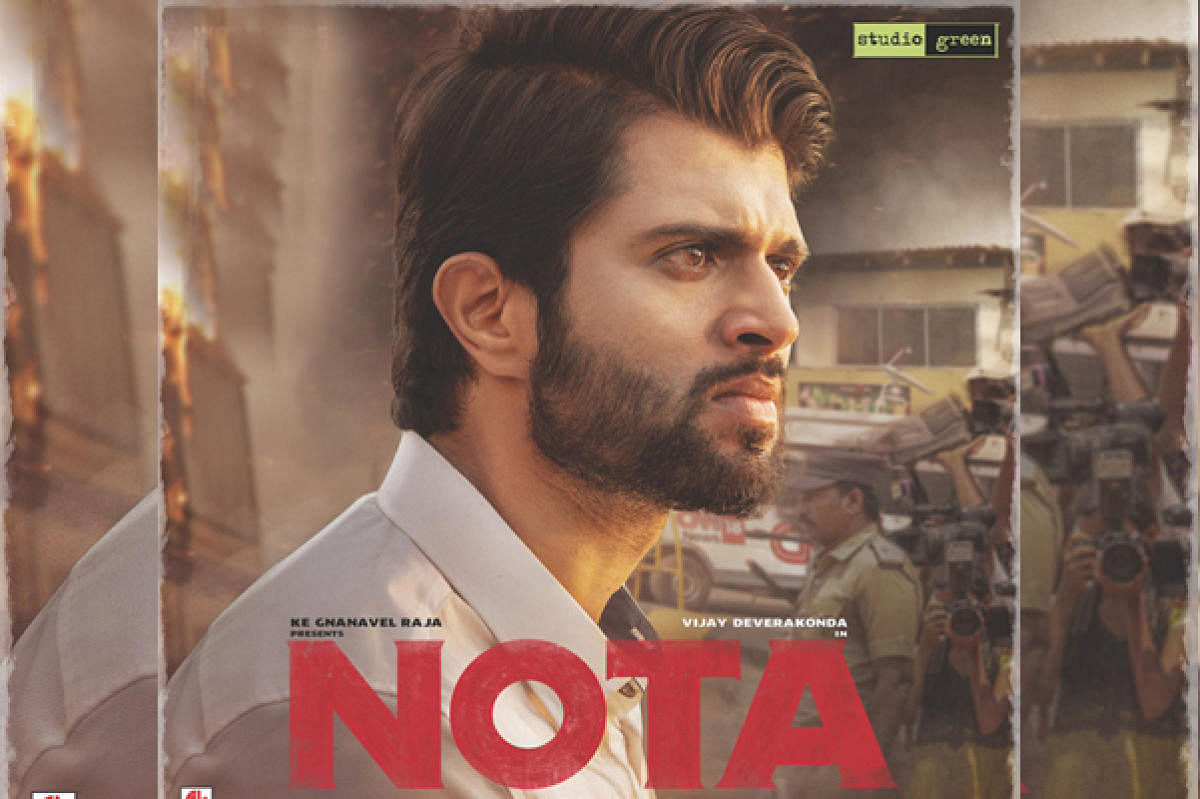
Using cinema to influence the masses is an age-old technique. While film was first openly used as a propaganda tool during Adolf Hitler’s regime in Germany, Indians had used it during the freedom struggle too.
Even after independence, cinema and politics have gone hand in hand, to which the rise of political figures such as N T Rama Rao and M G Ramachandran bear testimony.
The relationship between cinema and politics remains to this day.
Hindi films
2019 saw a string of movies, mostly prior to the General Elections, that had saffron leanings. While some films like The Accidental Prime Minister and PM Narendra Modi were blatant in their intentions, others like Kesari and Uri.
The films nonetheless didn’t fail to reiterate the brand of the ruling dispensation at the centre.
If you look at these films, they share certain characteristics. They all powerful dialogues, aesthetic cinematography and VFX.
Kesari, which translates to saffron, portrays Akshay Kumar as Havildar Ishar Singh, the commander of a Sikh regiment within the British imperial army.
The film uses saffron generously. The battle between 10,000 Afghan invaders and 21 Sikh soldiers takes place against a dull, dusty and ash backdrop, while Akshay Kumar’s turban and the sword he drives into the enemies’ guts have a highly saturated saffron colour.
Uri: The Surgical Strike glorified violence and hyper nationalism at the time of Balakot strikes and reminded the audience of a ‘new India’ on multiple occasions.
“Yeh naya Hindustan hai. Yeh ghar mein ghusega bhi, aur maarega bhi (This is the new India. It’ll enter your home, and it’ll kill you too)” being the most memorable usage of the expression.
Thackeray also employed colour effectively but it is characterised by the usage of profanity and dialogues that promote communal polarisation.
Bal Thackeray has been projected as the saviour of the common man while militant ideas of justice like burning buses.
Some noticeably hateful dialogues would be “Bajao pungi, hatao lungi” and “yeh saale South waale.”
The Accidental Prime Minister took a dig at Congress calling out its dynastic politics. Toilet: Ek Prem Katha, Gold, Padman all seem to have a pro-establishment rhetoric.
Tamil films
The Tamil film industry has consistent been producing films that attack the Centre. But the weapon in its armoury, unlike Bollywood’s flamboyance, is comedy and satire.
It is not to be understood, however, that Tamil films do not use serious plotlines to make political statements.
Rajinikanth’s Kaala was upfront about Dravidian sentiments. The use of black colour throughout the film and the conflict between a ‘fair’ Hindi-speaking politician and a ‘black’ Tamilian among common people seems to have a political undertone.
The campaigns by the film’s antagonist, played by Nana Patekar adopts, is similar to that of our prime minister’s, besides the use of saffron flags as Patekar’s political identity.
A similar approach can be seen in another Rajinikanth film, Petta, in which we see the antagonist Nawazuddin Siddiqui and Vijay Sethupathi are seen heading a saffron party in Uttar Pradesh.
The antagonists are usually seen with a bunch of thugs, sporting saffron clothes and engaging in moral policing and cow protection.
Vijay’s Mersal also took a dig at BJP when it mentioned demonetisation and GST.
AIADMK’s constant conflict within the party and the Centre’s indifference to the state’s interests are constantly poked fun at in a number of films.
The bilingual NOTA has a reporter questioning the protagonist who has temporarily taken the Chief Minister position of his father, “Can a dummy CM be so dumb?”
That question seemed to be directed at O Panneerselvam, who was the deputy CM then and was widely ridiculed for being a puppet of the Centre.
Film critic and scholar, M K Raghavendra notes that Tamil films have always been highly political, but they refrain from playing the “national card.” They’re highly regional and are concerned with the Tamil sentiment.
Hindi films, on the other hand, seem to love playing the national card. Speaking of the humour element, he says, “Hindi does not have the edge that Tamil has when it comes to comedy. Tamil is nastier while Hindi films usually stick to romantic comedy.”